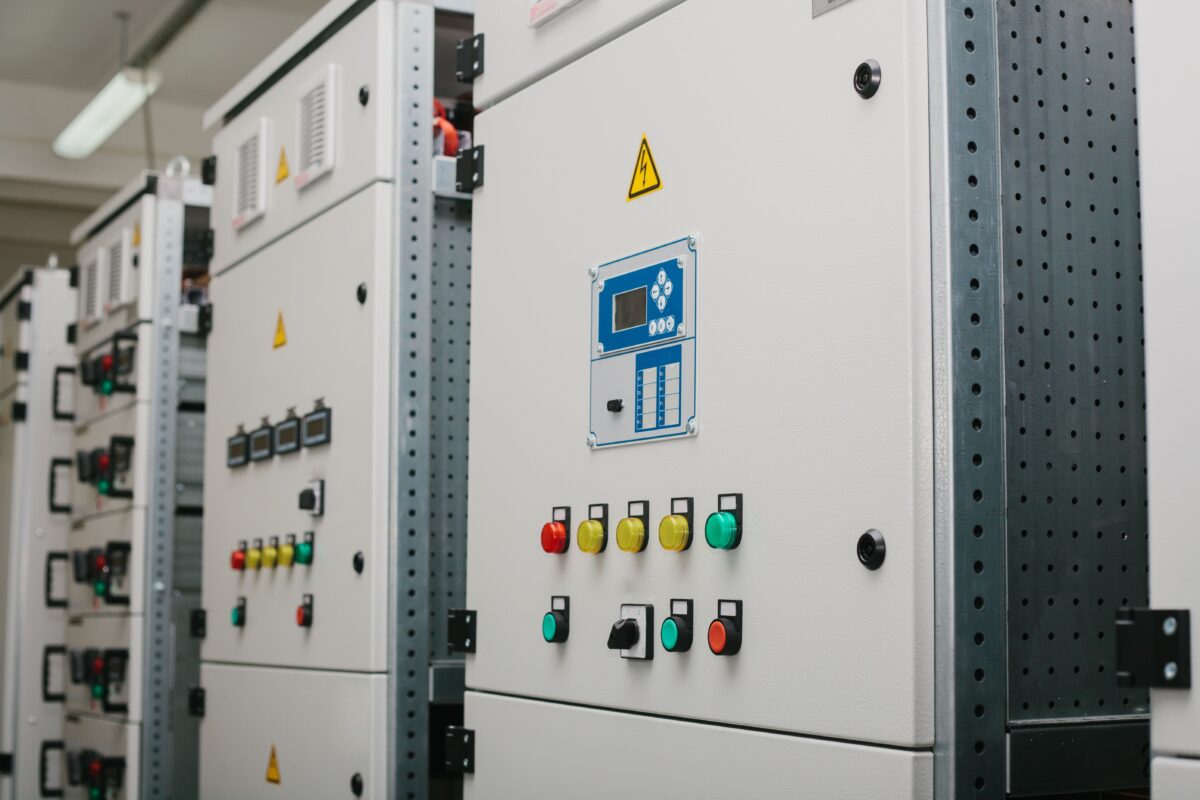
How to Choose the Right Electrical Enclosure Gasket for Your Application
Electrical enclosure gaskets play a critical role in protecting internal components from environmental factors such as moisture, dust, UV exposure and temperature fluctuations.
A properly selected gasket material ensures a tight, lasting seal for both indoor and outdoor enclosures — helping the unit maintain performance throughout its intended lifespan.
What are the Risks of an Underperforming Electrical Enclosure Gasket?
Select the wrong material and your electronic enclosure gasket will fail or underperform – which can be disastrous or deadly to end users. A few common risks include:
Unexpected Costs: Underperforming or fully compromised gaskets can cause damaged electronic components in an electrical enclosure. This can result in not only the cost of replacement, but the maintenance associated with replacing and monitoring newly installed equipment.
System Failures: Underperforming seals can result in damage to nearby electrical components, which can cause system failures and other potentially catastrophic problems for your application and overall operations.
Quality Gaps: Compromised gaskets and underperforming seals can result in quality concerns from enclosure manufacturers.
Performance Requirements for Electrical Enclosure Gasket
One of the most important aspects of an electrical enclosure gasket is ensuring the gasket passes specific application requirements. Most electrical enclosures must meet environmental protection standards such as UL 50/50E, NEMA type ratings or IEC IP (Ingress Protection) codes. The gasket material is critical to achieving compliance.
To pass these inspections, consider the following variables:
Temperature: What temperature range will the enclosure gasket be exposed to? It is important to consider both the external temperature conditions as well as the potential internal temperature range.
Location: Will the application be in an indoor or outdoor environment? Of course, an outdoor electrical box gasket will experience more demanding conditions than an indoor electrical box.
UV Resistance: Will the enclosure gasket be exposed to UV rays? An oft-overlooked aspect, UV rays have the potential to deteriorate enclosure gaskets at a much quicker rate.
Flame Resistance: Will the enclosure gasket come in close contact with flames or other extreme heat sources? If so, considerations about proper flame rating will be important.
Outgassing: Outgassing is a common problem related to plastics, rubbers and other elastomers in which gasses get released from these solid materials. Outgassing from gasket materials — especially those made of certain foams or elastomers — can deposit residue or contaminants on sensitive electronics. For enclosures with optics, sensors or tightly sealed electronics, low-outgassing materials like PORON or BISCO are preferred.
Gap Spacing: Take into consideration the area that needs to be filled by the gasket. Different areas and compression set needs can influence the type of gasket used in the application.
Gasket Function: Consider the main requirements of the gasket itself. What is it protecting against? Air, liquid and vibration are all common, and determining the most important variable is a crucial step when deciding on a gasket and an electrical enclosure.
Material Selection for Custom Electrical Enclosure Gaskets
Once performance requirements are clearly defined, selecting the right gasket material becomes easier. The goal is to strike the right balance between functionality, durability and cost-effectiveness. Be cautious, as some materials may exceed your application’s requirements and inflate costs unnecessarily.
Common materials used for custom electrical enclosure gaskets include:
Closed Cell Sponge Rubber: Closed-cell sponge rubbers like neoprene and EPDM offer strong resistance to weather, moderate chemicals, and temperature fluctuations, along with good sealing performance under compression
Cellular Urethane: Cellular urethane offers flexibility and durability but is not suitable for high-temperature or flame-critical applications.
Polyethylene: Polyethylene foam is lightweight and chemically resistant, ideal for low-closure-force applications where long-term compression set resistance is not critical.
PORON Polyurethane: PORON Polyurethane is a flexible material boasting an excellent compression set, chemical resistance and low-outgassing properties. This material is very easy to fabricate and die-cut, offering numerous varieties of thicknesses and applications.
BISCO Silicone: BISCO silicone is a fantastic option for durability. This material is resistant to temperature, UV and ozone, while also meeting the most stringent UL flame ratings.
All materials can be supplied backed with a pressure sensitive adhesive to create adhesive backed gaskets. SRP is a 3M™ Preferred Converter. When you’re looking for the best peel-and-stick backing for your custom die-cut electrical enclosure gasket, our technical expertise will guide you to the best choice.
SRP Can Help With Your Next Project
Since 1951, SRP has been a trusted custom gasket manufacturer for the industrial, electronic, HVAC, and telecommunications industries.
Our experts can help you identify the right enclosure gasket solution — optimized for performance, cost and compliance. Get started by filling out our online form or giving us a call. You’ll hear back within a business day.
